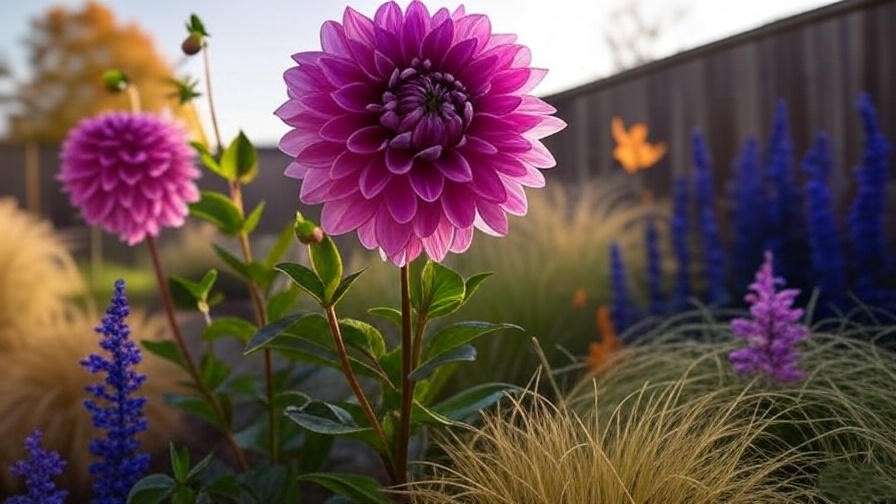Imagine a plant that towers over your garden, reaching heights of up to 20 feet, crowned with vibrant pink or purple blooms that steal the show in late fall. That’s the tree dahlia (Dahlia imperialis), a stunning perennial that combines the elegance of dahlias with the grandeur of a small tree. Whether you’re a seasoned gardener or a beginner eager to elevate your landscape, this comprehensive guide will teach you how to grow and care for a tree dahlia successfully. From planting to pest control, we’ll cover every step to ensure your tree dahlia thrives, addressing common challenges and unlocking its full potential. Backed by horticultural expertise and practical experience, this article is your go-to resource for creating a breathtaking garden centerpiece.
What Is a Tree Dahlia? Understanding This Unique Plant 🌱
Botanical Background and Characteristics
The tree dahlia, scientifically known as Dahlia imperialis, is a member of the Asteraceae family, native to the highlands of Central America, particularly Mexico and Guatemala. Unlike traditional dahlias, which are bushy and compact, tree dahlias are renowned for their towering growth, often reaching 10–20 feet in height. Their hollow, bamboo-like stems support large, lush green leaves and clusters of vibrant blooms that appear in late fall, typically October or November. These flowers, ranging from soft pink to deep purple, can measure up to 6 inches across, making them a striking addition to any garden.
Why Choose a Tree Dahlia for Your Garden?
Tree dahlias are a gardener’s dream for several reasons. Their dramatic height makes them ideal as a natural privacy screen, a bold backdrop, or a focal point in large landscapes. Their late-season blooms add color when most plants are fading, extending your garden’s beauty into autumn. Additionally, tree dahlias attract pollinators like bees and butterflies, supporting local ecosystems. Their versatility allows them to thrive in various garden styles, from tropical to cottage-inspired designs.
Expert Insight: “Tree dahlias are a game-changer for gardeners seeking bold, low-maintenance plants,” says Dr. Maria Lopez, a horticulturist with over 20 years of experience in perennial cultivation. “Their height and vibrant blooms create a wow factor that’s hard to match.”
Ideal Growing Conditions for Tree Dahlias ☀️
Climate and Hardiness Zones
Tree dahlias thrive in USDA hardiness zones 8–10, where temperatures rarely dip below 20°F (-6°C). They are frost-sensitive, so gardeners in cooler climates (zones 7 and below) will need to take extra steps to protect them during winter. In warmer regions, tree dahlias can be grown as perennials, returning year after year with proper care. For colder zones, overwintering strategies, such as digging up tubers, are essential to ensure their survival.
Soil Requirements
For optimal growth, tree dahlias require well-draining, fertile soil with a pH between 6.0 and 7.0. Heavy clay soils can lead to root rot, so amending with organic matter like compost or aged manure is crucial. A soil test can help determine nutrient levels and pH, allowing you to tailor amendments to your plant’s needs. Adding perlite or sand can improve drainage in denser soils.
Sunlight and Water Needs
Tree dahlias demand full sun, requiring at least 6–8 hours of direct sunlight daily to produce their signature blooms. Partial shade may result in leggy growth and fewer flowers. Watering should be consistent but not excessive—aim for deep watering 1–2 times per week, ensuring the soil remains moist but not waterlogged. Overwatering is a common mistake, so consider using a soil moisture meter to monitor conditions.
Pro Tip: Mulch around the base of your tree dahlia with organic material like bark or straw to retain moisture and regulate soil temperature.
How to Plant Tree Dahlias for Success 🌼
Choosing the Right Time to Plant
Spring is the ideal time to plant tree dahlias, after the last frost has passed and soil temperatures reach at least 60°F (15°C). In zones 8–10, planting in early spring allows the plant to establish strong roots before the growing season. For cooler climates, wait until late spring to avoid frost damage. If you’re starting with cuttings, early summer can also work, provided temperatures are warm.
Step-by-Step Planting Guide
- Select Healthy Tubers or Cuttings: Choose firm, plump tubers free of mold or soft spots. If using cuttings, ensure they have at least one node.
- Prepare the Planting Site: Select a sunny, well-draining spot with 3–4 feet of space between plants to accommodate their mature size. Dig a hole 6–8 inches deep for tubers.
- Plant with Care: Place tubers horizontally, covering with 4–6 inches of soil. For cuttings, plant with the node just below the soil surface.
- Water and Mulch: Water thoroughly after planting and apply a 2-inch layer of mulch to conserve moisture and suppress weeds.
- Stake Early: Install sturdy stakes or trellises at planting time to support future growth, as tree dahlias can become top-heavy.

Propagation Methods
Tree dahlias can be propagated from tubers or stem cuttings, each with its advantages. Tubers are easier for beginners, offering a higher success rate when planted correctly. To propagate from cuttings:
- Take 6–8-inch stem cuttings in early summer, ensuring each has at least one node.
- Remove lower leaves and dip the cut end in rooting hormone.
- Plant in a mix of peat and perlite, keeping moist until roots develop (2–4 weeks).
Example: Jane, a gardener in California, successfully propagated 10 tree dahlias from cuttings by misting them daily and using a greenhouse to maintain humidity. Her plants bloomed vibrantly by their second year.
Essential Care Tips for Thriving Tree Dahlias 🌿
Watering and Fertilizing
Tree dahlias need consistent moisture, especially during their active growth in spring and summer. Water deeply once or twice weekly, adjusting based on rainfall. During dry spells, increase frequency but avoid soggy soil. Fertilize monthly with a balanced 10-10-10 fertilizer to support vigorous growth and blooming. For organic gardeners, compost tea or fish emulsion provides a nutrient-rich alternative. Avoid over-fertilizing, as it can lead to lush foliage at the expense of flowers.
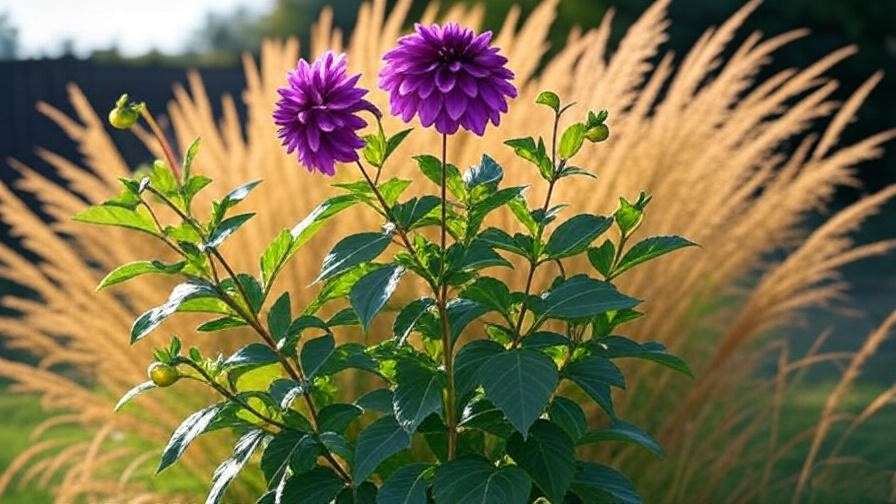
Staking and Support
Due to their height and hollow stems, tree dahlias are prone to wind damage. Install sturdy supports like bamboo stakes or metal trellises at planting time. Tie stems loosely with garden twine, allowing room for growth. Check stakes regularly to ensure they remain secure, especially after storms.
Pruning and Deadheading
Pruning encourages bushier growth and prevents legginess. In early summer, pinch back the tips of young plants to promote branching. Deadhead blooms throughout the flowering season to encourage new buds. After blooming ends, cut back stems to 6 inches above the ground to prepare for winter (in colder climates).
Expert Tip: Use clean, sharp pruners to avoid transmitting diseases, and disinfect tools between cuts with a 10% bleach solution.
Common Challenges and Solutions for Tree Dahlias 🐞
Pests and Diseases
Tree dahlias are relatively hardy but can attract pests like aphids, spider mites, and slugs. Combat aphids with a strong spray of water or insecticidal soap. For spider mites, apply neem oil weekly until infestations subside. Slugs can be deterred with diatomaceous earth or copper tape around the plant base. Powdery mildew, a common fungal issue, can be prevented by ensuring good air circulation and avoiding overhead watering. If root rot occurs, improve drainage and reduce watering.
Environmental Stressors
Wind is a major threat to tree dahlias due to their height. Plant in a sheltered location or use windbreaks like fences or hedges. In frost-prone areas, mulch heavily around the base before winter or dig up tubers for indoor storage.
Troubleshooting Poor Blooming
If your tree dahlia isn’t blooming, consider these factors:
- Insufficient Sunlight: Ensure at least 6 hours of direct sun daily.
- Nutrient Imbalance: Test soil and apply a phosphorus-rich fertilizer to boost flowering.
- Improper Pruning: Avoid heavy pruning late in the season, as it can remove flower buds.
FAQ Section:
- Why isn’t my tree dahlia blooming? Lack of sun, nutrient deficiencies, or late pruning may be the cause. Adjust care accordingly.
- How do I protect my tree dahlia from frost? Mulch heavily or store tubers indoors in colder climates.
- Can tree dahlias grow in containers? Yes, but use large, deep pots (at least 15 gallons) with excellent drainage.
Overwintering Tree Dahlias in Cold Climates ❄️
Preparing for Winter
Tree dahlias are frost-tender, making overwintering a critical step for gardeners in USDA zones 7 and below. After the first frost, when foliage blackens, cut back the stems to about 6 inches above the ground. In milder climates (zones 8–10), you can leave tubers in the ground with a thick layer of mulch (4–6 inches) to insulate against light frosts. For colder regions, dig up the tubers carefully using a garden fork to avoid damage. Shake off excess soil and let them air-dry for a day in a shaded, well-ventilated area. Store tubers in a cool (40–50°F), dry place, such as a basement or garage, in a box filled with peat moss, sawdust, or vermiculite to prevent desiccation.
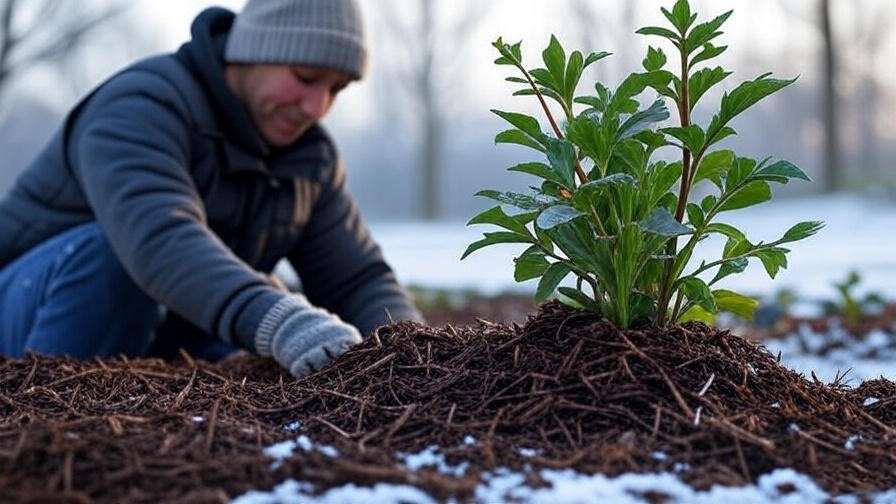
Replanting in Spring
Before replanting, inspect stored tubers for signs of rot, mold, or shriveling. Healthy tubers should be firm and plump. Discard any that are soft or discolored. In spring, after the last frost, replant tubers in a prepared bed following the planting guide outlined earlier. Ensure soil temperatures are at least 60°F for optimal root establishment. Water sparingly until growth resumes, then resume regular care.
Pro Tip: Label tubers by color or variety during storage to plan your garden layout for the next season. This helps maintain a cohesive design and ensures you replant your favorites.
Designing Your Garden with Tree Dahlias 🌺
Companion Planting Ideas
Tree dahlias pair beautifully with plants that complement their height and late-season blooms. Consider these companions:
- Ornamental Grasses: Varieties like Miscanthus sinensis or Pennisetum add texture and contrast.
- Salvia: Late-blooming salvias, such as Salvia guaranitica, echo the vibrant colors of tree dahlias.
- Low-Growing Perennials: Plants like coreopsis or sedum ground the tall dahlias, creating a balanced look.
Avoid planting near aggressive root systems, such as bamboo or invasive mint, which can compete for nutrients and space.
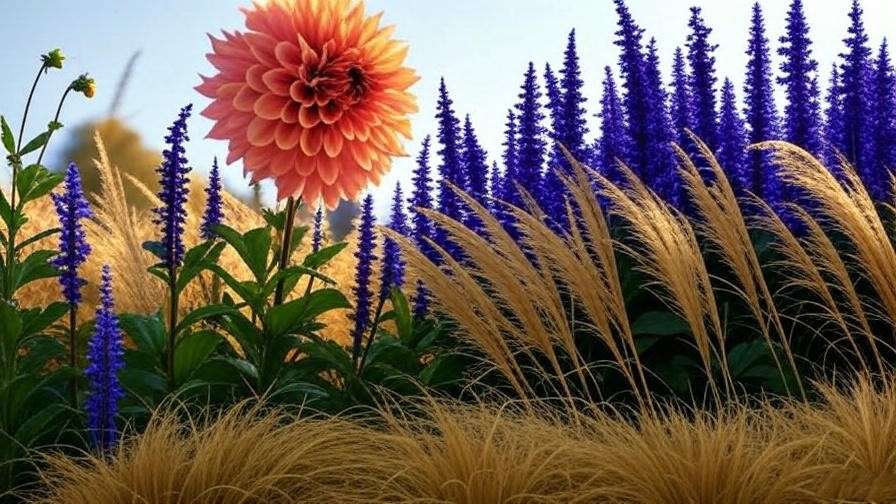
Landscaping Tips
Tree dahlias shine as focal points or natural screens in garden designs. Use them to:
- Create a privacy hedge along property lines.
- Anchor a mixed border with their towering presence.
- Frame a garden path for dramatic effect.
Pair with other fall bloomers, like asters or chrysanthemums, to craft a vibrant autumn display. For smaller gardens, plant a single tree dahlia as a statement piece in a large container or raised bed.
Example: A gardener in Oregon designed a stunning backyard border using tree dahlias as a backdrop, with goldenrod and coneflowers in the foreground. The result was a colorful, pollinator-friendly display that drew compliments from neighbors all season.
Fun Facts and History of Tree Dahlias 📜
Tree dahlias have a rich history, originating in the highlands of Mexico and Guatemala, where they’ve been cultivated for centuries in traditional gardens. Named Dahlia imperialis for their regal stature, they were prized by indigenous communities for their beauty and as a source of hollow stems used in practical applications, like water pipes. Today, tree dahlias are gaining popularity in sustainable gardening for their low-maintenance needs and ability to attract pollinators. Fun fact: A single tree dahlia can produce dozens of blooms, each lasting up to a week, creating a long-lasting fall spectacle.
Engagement Hook: Have you grown tree dahlias or seen them in a local garden? Share your photos or stories in the comments below to inspire fellow gardeners!
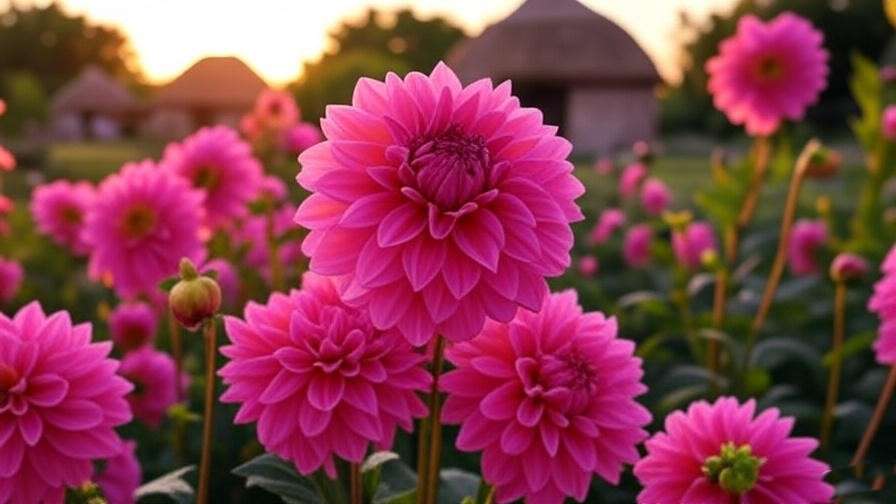
FAQs About Tree Dahlias ❓
To address common reader queries and capture long-tail keywords, here are answers to frequently asked questions:
- How tall do tree dahlias grow? Tree dahlias can reach 10–20 feet in ideal conditions, depending on the variety and growing environment.
- Are tree dahlias perennials or annuals? They are perennials in zones 8–10 but treated as annuals in colder climates unless tubers are overwintered.
- Can I grow tree dahlias in pots? Yes, use large (15-gallon or bigger) containers with excellent drainage and provide sturdy support.
- How long do tree dahlia blooms last? Blooms typically last 4–6 weeks in late fall, with individual flowers persisting for about a week.
- What’s the difference between tree dahlias and regular dahlias? Tree dahlias grow much taller (up to 20 feet) and bloom later (fall) compared to bushy, summer-blooming standard dahlias.
Conclusion: Transform Your Garden with Tree Dahlias 🌟
Tree dahlias are a gardener’s secret weapon for creating a showstopping landscape with minimal effort. Their towering height, vibrant blooms, and late-season color make them a must-have for any garden enthusiast. By following the expert tips in this guide—choosing the right planting site, providing proper care, and protecting against pests and frost—you can enjoy thriving tree dahlias year after year. Whether you’re designing a bold border or a single statement plant, these perennials deliver unmatched beauty and versatility.
Ready to transform your garden? Start planting tree dahlias this spring and watch your landscape come alive. Subscribe to our newsletter for more expert plant care tips, or share this guide with fellow gardeners to spread the love for tree dahlias!

